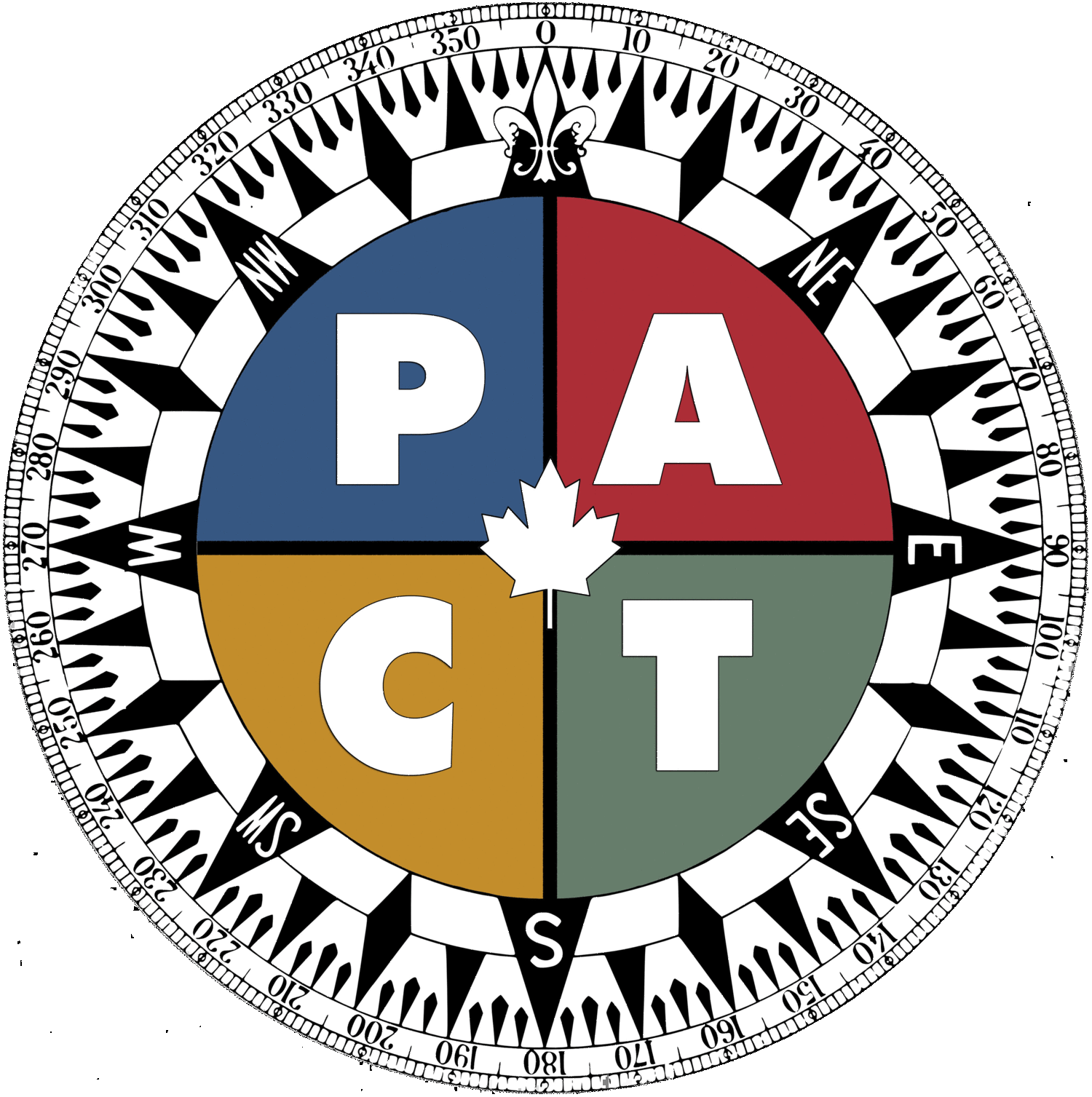Rocky Mountain House National Historic Site
There is something special going on here at Rocky Mountain House National Historic Site, let me tell you why.
he site boasts the location of four fur trader forts, a great interpretive centre (complete with a mock Hudson's Bay post, an antique cedar strip canot du nord, and a multitude of films), two walking trails encompassing the original forts, tipis, trapper tents, a york boat, a HBC play fort (1/3 the size of the original), and a heard of bison. You can learn how to make bannock, stay overnight in your choice of historic tent, and paddle the river that facilitated all this history. The park opens at 10 and its a wise move to get there when it opens and devote the whole day exploring the history.
In brief, the history of the site traces the story of the four fur trader forts that once occupied the area. The first was founded by the North West Company in 1799. The Hudson's Bay Company, not far behind opened a rival trading fort half a kilometer upstream from the NWC post. After the merger of the two companies in 1821, a third fort replaced the original two. In 1868 a fourth, much larger fort was built to accommodate the anticipated trade of bison hide. The last fort was closed in 1875, due to a combination of the arrival of the train, steamboats, and the establishing of orderly towns by the Northwest Mounted Police.
The legendary cartographer David Thompson is a prominent figure here at RMH. It is here that he launched his westward explorations, culminating in no less than establishing Kootaney House, finding two routes through the Rocky Mountains, charting the entire Columbia River, and mapping 1.3 million square miles of Canada and the north western United States.
This is a real history treat for anyone interested in Canada's past.
ACT is launching from this site as a nod to Canadian history. Rocky Mountain House was for a very long time, the most westerly fort on the trade route. The real Canadian wild west. It was also the end of the river. Explorers were stumped about how to pass through the Rocky Mountains. Rocky Mountain House was the end of the line, the most remote post in a sting of remote forts and trading posts across the vast country. We start here and we end at Lachine, the home of the North West Company. From National Historic Site to National Historic Site, we will effectively paddle the way home for that North West Company trader stationed at RMH in 1800.
We are grateful to the staff at the Rocky Mountain House National Historic Site for their help in launching our voyage on the right historical note. We believe that it sets the tone for things to come.
-PACT






